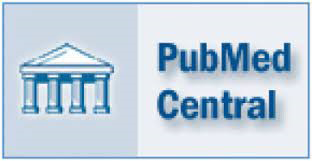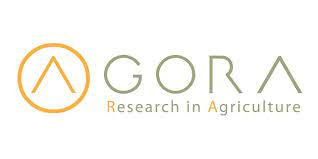Minipuberty in Male Full-term Neonates Appropriate and Small for Gestational Age and in Preterm Babies: Data from a Single Centre
Alessandra Boncompagni1, Elisa Pietrella2, Erica Passini1, Chiarina Grisolia3, Mara Tagliazucchi3, Enrico Tagliafico3, Licia Lugli1, Alberto Berardi1, Lorenzo Iughetti2, Laura Lucaccioni21University of Modena and Reggio Emilia, Department of Medical and Surgical Sciences of Mothers, Children and Adults, Neonatal Intensive Care Unit, Modena, Italy2University of Modena and Reggio Emilia, Department of Medical and Surgical Sciences of Mothers, Children and Adults, Paediatric Unit, Modena, Italy
3AOU/AUSL Modena, Department of Laboratory Medicine and Pathology, Diagnostic Hematology and Clinical Genomics Laboratory, Modena, Italy
INTRODUCTION: The postnatal activation of the hypothalamic-pituitary-gonadal (HPG) axis is usually known as minipuberty. There are still open questions about its biological function and significance depending on sex, gestational age (GA) and birth weight (BW) with few available longitudinal data.
METHODS: A single-centre, longitudinal study to quantify urinary follicle stimulating hormone (uFSH), luteinizing hormone (uLH) and testosterone (uTs) in male neonates. Neonates were enrolled and stratified into three subgroups: full-term boys appropriate for GA (FT AGA); FT boys with BW ≤3rd centile [FT small for gestational age (SGA)]; and preterm (PT) boys ≤33 weeks of GA. Urinary hormones were correlated to simultaneous auxological parameters, linear growth and external genitalia at scheduled time-points.
RESULTS: Forty-six boys were recruited, with subgroup sizes FT AGA n=23, FT SGA n=11 and PT n=12. PT boys display a pulsatile pattern of urinary gonadotropins (uGns) with higher levels of uLH and a gradual increase of uTs. Testicular descent started from 29-32 weeks with the peak of uTs. During the first 12-months post-term age (PTA), FT AGA boys displayed a better linear growth (p<0.05). PT showed higher uGns levels until 3-months PTA. PT babies had higher uLH levels than FT AGA, with a peak at 7 and 30 days, during the first 90 days of life (p<0.001) and higher uTs levels. Correlation analysis between penile growth of all neonates and uTs was significant (p=0.04) but not within subgroups.
DISCUSSION AND CONCLUSION: This study investigated postnatal HPG axis activation in term and PT infants. Minipuberty may involve an early window of opportunity to evaluate the functionality of the HPG axis. Further studies with a long-term follow-up are needed with a special focus on possible consequences of GA and BW.
Corresponding Author: Alessandra Boncompagni, Italy
Manuscript Language: English



























